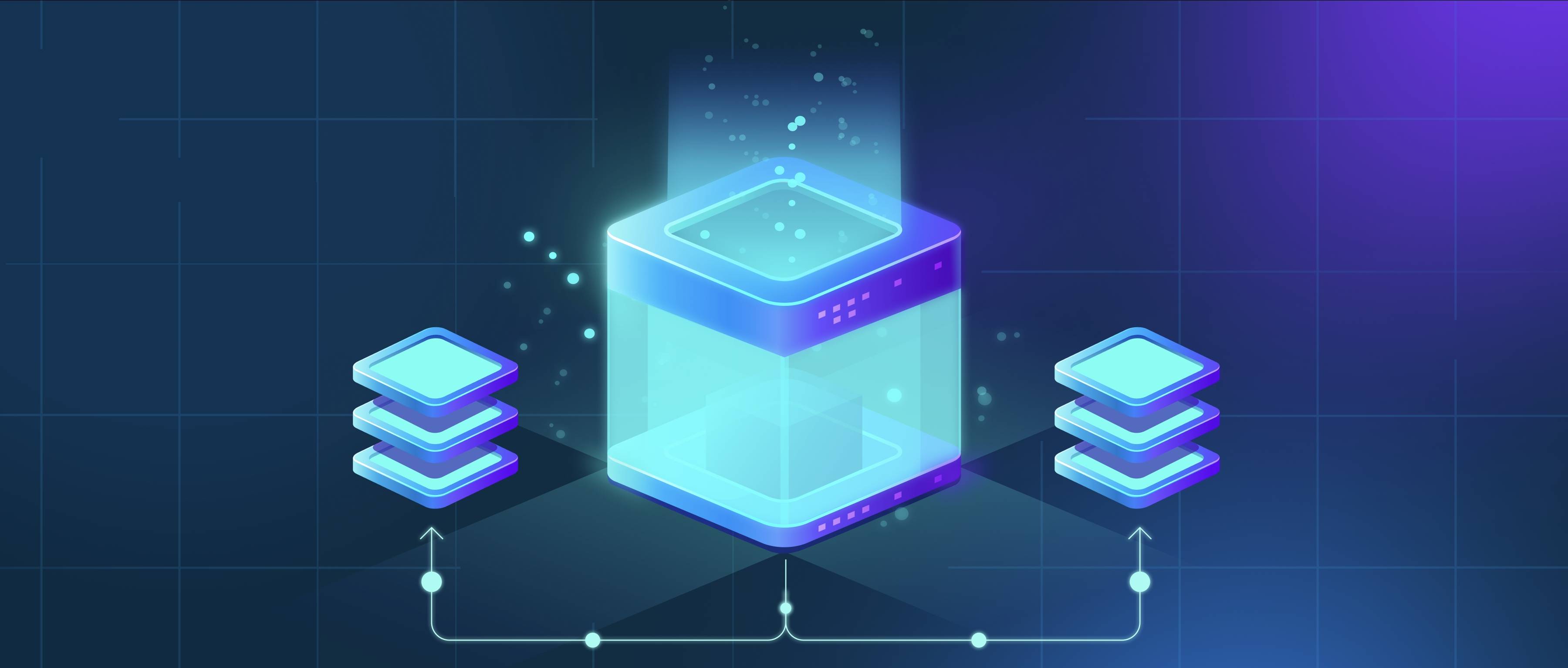The choice of embedding model directly impacts vector database size and query speed by determining the dimensionality of vectors and the computational complexity of similarity searches. Models that generate high-dimensional embeddings (e.g., 1024 dimensions) require more storage and memory, while lower-dimensional models (e.g., 384 dimensions) reduce resource usage but may sacrifice semantic precision. Additionally, the model’s inference speed affects how quickly embeddings are generated during indexing and querying, which is critical for real-time systems.
Impact on Size and Speed Embedding dimensionality directly affects storage requirements. For example, a model producing 1024-dimensional vectors will double the storage footprint compared to a 512-dimensional model for the same dataset. This also impacts in-memory operations: high-dimensional vectors increase RAM usage, limiting the dataset size that can be cached for low-latency queries. Query speed is influenced by both dimensionality and the indexing method. Algorithms like HNSW (Hierarchical Navigable Small World) scale in complexity with vector size—higher dimensions require more distance calculations during nearest-neighbor searches, increasing latency. For instance, a 1536-dimensional OpenAI embedding might take 5ms per query on optimized hardware, while a 384-dimensional MiniLM model could take 2ms, a critical difference in high-throughput systems. Batch processing during indexing also becomes slower with larger vectors, extending database update times.
Trade-offs for Real-Time RAG Systems Using smaller/faster models (e.g., all-MiniLM-L6-v2) reduces latency and infrastructure costs but risks missing nuanced semantic relationships, leading to lower retrieval accuracy. For example, in a medical RAG system, a 384-dimensional model might conflate “patient remission” and “disease recurrence” due to compressed semantic space, whereas a 768-dimensional model better distinguishes them. Conversely, larger models improve accuracy but strain real-time performance—a 10ms increase in embedding generation and a 15ms slower query could violate a 100ms end-to-end latency requirement. Developers might mitigate this by using hybrid approaches, such as employing a smaller model for initial retrieval and a larger one for reranking, balancing speed and precision. Database optimizations like vector quantization or pruning can also help, but these introduce accuracy trade-offs and operational complexity.
